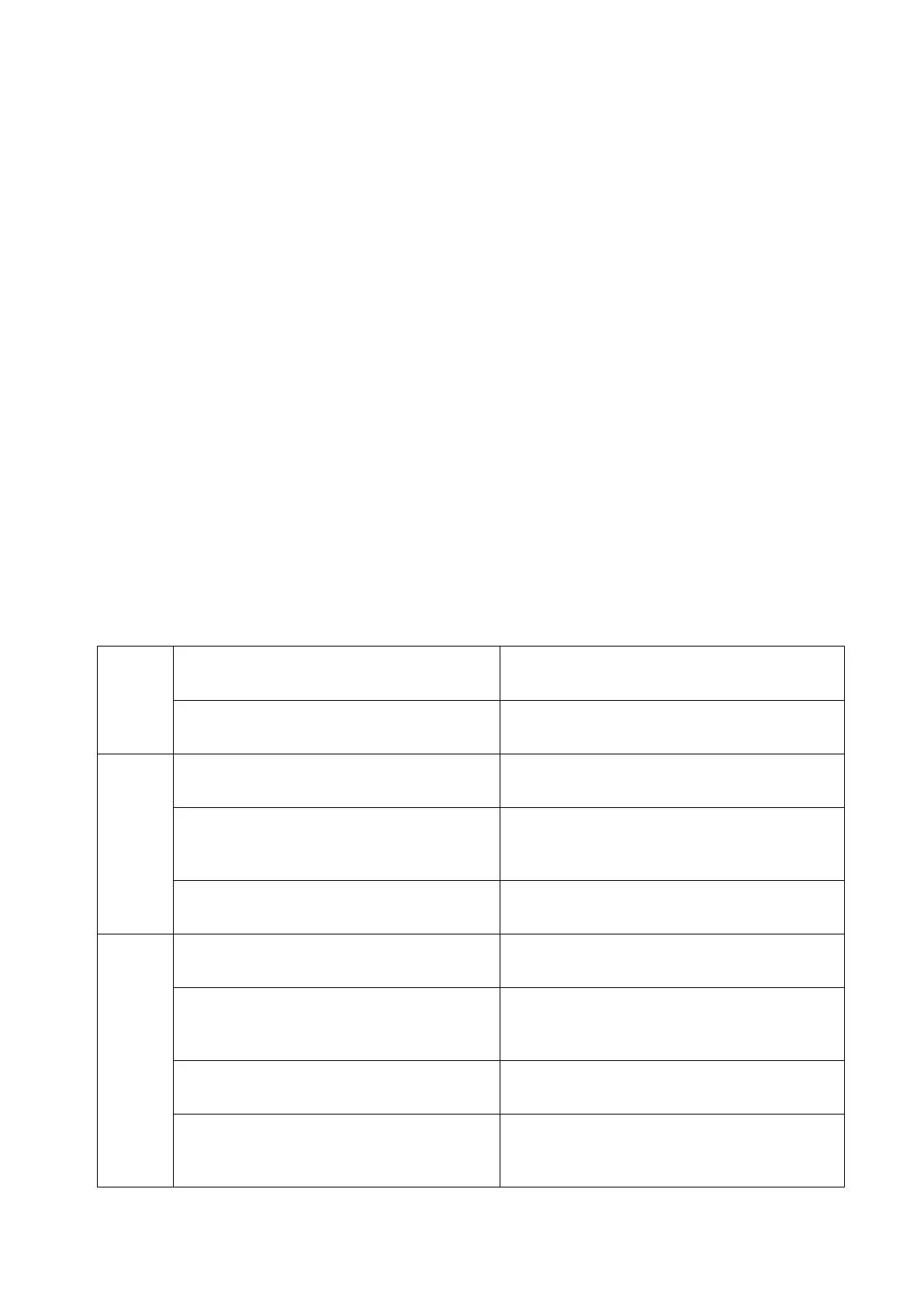5-114 Image Optimization
Parameter Adjustment
[Thickness]: adjusts the tracing thickness, i.e., the distance between the endocardium wall and the
tracking points on the epicardium.
[Tracking Points]: adjusts the number of points within the segment.
[Cycle]: select the next cycle.
[Display Effect]: turns on/off the arrow vector graphical display of the myocardial movement.
[Velocity Scale]: adjust the scale length of the velocity.
[Display Style]: display the endometrial, the epicardium, the myocardial or all.
[Tracking Cycles]: Select the cycles to be tracked.
[Average Cycles]: Obtain the average parameter curves of the tissue.
[Cycle Select]: Select among different cycles.
Time Mark
According to the status of the current section, tap the corresponding key on the touch screen to check
the matching time.
[AVO]: displays aortic valve open time.
[AVC]: displays aortic valve closure time.
[MVO]: displays mitral valve open time.
[MVC]: displays mitral valve closure time.
Curve Display
Select [Parameter] on the soft menu, the system provides different curves of different segments for
observation.
General
Speed curve
The X-axis represents time (s);
The Y-axis represents velocity (cm/s).
Displacement curve
The X-axis represents time (s);
The Y-axis represents displacement (cm).
axis
section
Volume
The X-axis represents time(s);
The Y-axis represents volume (ml).
Strain curve: Longitudinal, Transversal
The X-axis represents time (s);
The Y-axis represents strain
the tissue (%).
Strain-rate curve: Longitudinal,
Transversal
The X-axis represents time (s);
The Y-axis represents strain by time (s
-1
).
Short
axis
section
Area curve
The X-axis represents time(s);
The Y-axis represents area (cm
2
).
Strain curve: Radial, Circumferential
The X-axis represents time (s);
The Y-axis represents strain
the tissue (%).
Strain-rate curve: Radial, Circumferential
The X-axis represents time (s);
The Y-axis represents strain by time (s
-1
).
Circumferential Rotation curve
The X-axis represents time (s);
The Y-axis represents rotation
(Deg).

